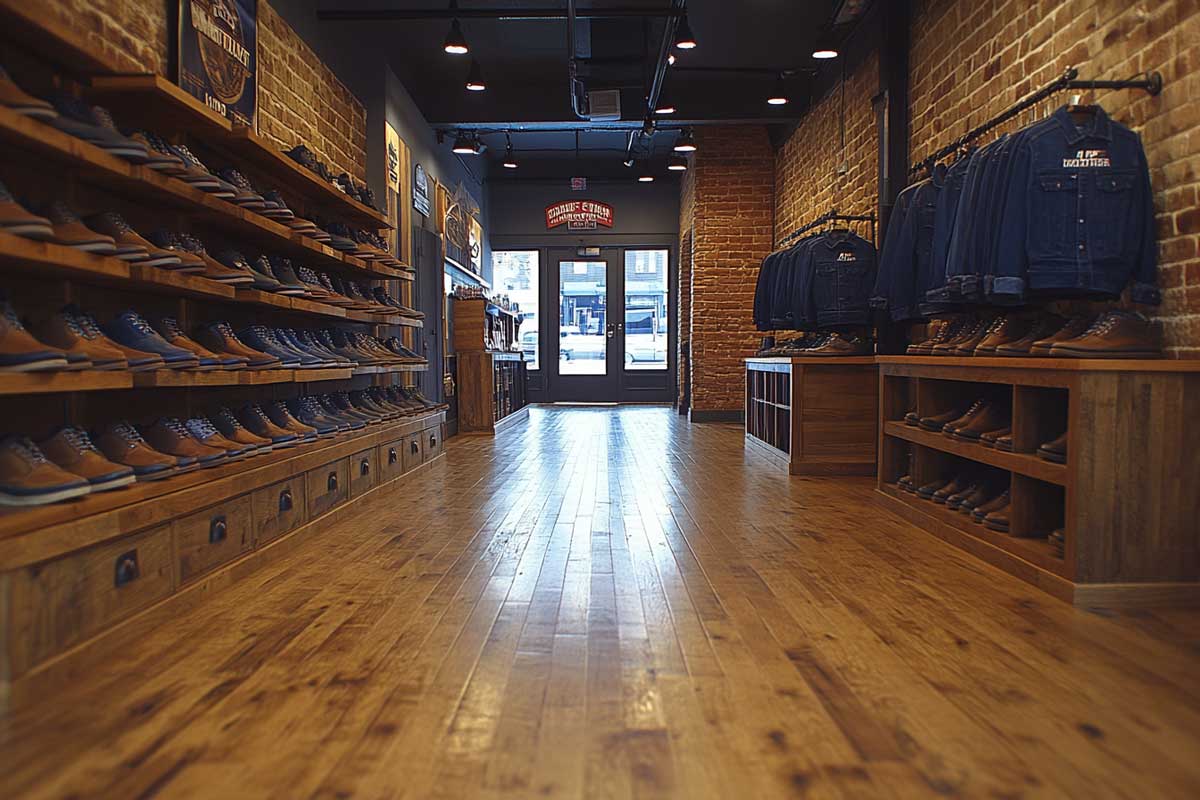Calgary’s commercial real estate landscape is a reflection of its economic strength and diversity, with vibrant industries in energy, technology, agriculture, and finance driving demand across the sector. While Calgary’s historic ties to the energy sector remain strong, recent economic shifts have brought technology and innovation to the forefront, reshaping the city’s real estate needs. Post-pandemic recovery, increased focus on sustainability, and evolving work environments add layers of complexity and opportunity for investors in Calgary’s commercial real estate. This guide explores the trends shaping the market, investment opportunities across property types, and challenges investors should consider as they navigate Calgary’s evolving economic landscape.
Calgary’s commercial real estate
The Calgary Economic Landscape
Calgary’s economy is diverse and robust, supported by industries such as energy, technology, agriculture, and finance. The city’s strong economic foundation plays a crucial role in the performance of its commercial real estate market.
Energy Sector
Historically, Calgary has been known as a hub for the energy sector, particularly oil and gas. While the industry faces challenges due to fluctuating prices and a global shift towards renewable energy, it continues to be a significant driver of economic activity. The presence of major energy companies contributes to the demand for office space and other commercial facilities.
Technology and Innovation
In recent years, Calgary has made strides in diversifying its economy, with an emphasis on technology and innovation. The city is home to numerous startups and tech companies, leading to increased demand for office spaces that cater to this sector. Co-working spaces and flexible office environments are becoming increasingly popular among tech entrepreneurs.
Agriculture and Agribusiness
Calgary’s proximity to agricultural resources and its role in the agribusiness sector also impact its commercial real estate market. The demand for industrial properties related to food processing and distribution is significant, as is the need for retail spaces that cater to this industry.
Current Trends in Calgary’s Commercial Real Estate Market
- Post-Pandemic Recovery: The COVID-19 pandemic significantly impacted commercial real estate, particularly in the office and retail sectors. As businesses adapt to new norms, many are re-evaluating their space needs. This transition has led to increased demand for flexible office solutions and a rise in e-commerce, which has affected retail strategies.
- Sustainability and Green Building: Sustainability is increasingly important in commercial real estate. Developers and investors are focusing on green building practices and energy-efficient designs. Calgary has initiatives to promote sustainable development, and properties that meet these criteria may attract more tenants and buyers.
- Technology Integration: The integration of technology in commercial real estate has transformed how properties are managed and marketed. From smart buildings equipped with energy-efficient systems to digital marketing strategies, technology plays a crucial role in enhancing property value and tenant satisfaction.
- Urban Revitalization: Many areas in Calgary are undergoing revitalization efforts aimed at improving infrastructure, public spaces, and community amenities. Mixed-use developments and urban renewal projects contribute to this trend, creating vibrant neighborhoods that attract residents and businesses alike.
- Work-from-Home Dynamics: The rise of remote work has reshaped the office landscape. Companies are reconsidering their need for traditional office spaces, leading to an increased interest in flexible leases and co-working environments. This shift creates opportunities for landlords to adapt their properties to meet evolving tenant needs.
Investment Opportunities in Calgary’s Commercial Real Estate
Calgary’s commercial real estate market offers numerous investment opportunities across various sectors. Here are some key areas to consider:
- Office Space Investment: As businesses adapt to new work models, investing in office spaces that offer flexibility and modern amenities can yield substantial returns. Properties located in urban centers with access to public transit and amenities are particularly desirable.
- Retail Spaces: With the growth of e-commerce, the retail landscape is changing. However, well-located retail properties, especially those that offer experiential shopping or essential services, can still be profitable investments. Investors should focus on areas with strong foot traffic and a vibrant local community.
- Industrial Real Estate: The rise of e-commerce and the need for logistics facilities present lucrative opportunities in the industrial sector. Warehousing and distribution centers located near major transportation routes are particularly attractive for investors looking to capitalize on the growth of online retail.
- Multifamily Housing: As demand for rental housing continues to rise, investing in multifamily properties can provide steady cash flow and long-term appreciation. Urban areas with access to amenities and public transport are likely to attract renters.
- Mixed-Use Developments: Investing in mixed-use properties allows investors to diversify their portfolios while capitalizing on various income streams. These developments often appeal to a wide range of tenants and residents, creating vibrant communities.
Challenges Facing Commercial Real Estate in Calgary
While Calgary’s commercial real estate market offers numerous opportunities, it is not without challenges:
- Economic Fluctuations: Calgary’s economy is susceptible to fluctuations in commodity prices, particularly in the energy sector. Economic downturns can lead to decreased demand for commercial properties, impacting occupancy rates and rental income.
- Regulatory Changes: Changes in zoning laws, building codes, and tax regulations can impact the feasibility of commercial developments. Investors must stay informed about regulatory shifts and ensure compliance to avoid potential setbacks.
- Market Saturation: Certain segments of the commercial real estate market, particularly office and retail, may experience saturation, leading to increased competition and downward pressure on rents. Investors should conduct thorough market analysis before entering these sectors.
- Shifts in Consumer Behavior: The rise of e-commerce and changing consumer preferences are reshaping the retail landscape. Investors must adapt to these shifts and consider the long-term viability of retail properties in their portfolios.
- Property Management Challenges: Effective property management is crucial for maintaining the value of commercial real estate. Landlords face challenges such as tenant retention, maintenance, and operating costs, all of which can impact profitability.
Conclusion
Calgary’s commercial real estate market is a dynamic and multifaceted landscape that offers a range of investment opportunities. With its diverse economy, ongoing urban revitalization, and a focus on sustainability, the city is well-positioned for future growth. However, potential investors must remain vigilant and adaptable in the face of challenges such as economic fluctuations and changing consumer behavior.
Whether considering office spaces, retail properties, industrial facilities, or mixed-use developments, a strategic approach is essential for success in Calgary’s commercial real estate market. By staying informed about trends and challenges, investors can navigate this complex environment and capitalize on the numerous opportunities that Calgary has to offer.
Whether considering office spaces, retail properties, industrial facilities, or mixed-use developments, a strategic approach is essential for success in Calgary’s commercial real estate market. By staying informed about trends and challenges, investors can navigate this complex environment and capitalize on the numerous opportunities that Calgary has to offer.






